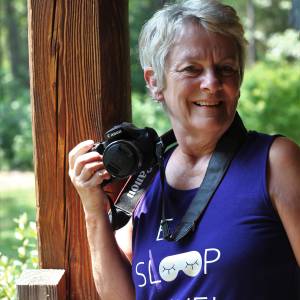A living history day
Today my friends and I made a trip to Historic Brattonsville for a living history day along with a pottery show and live bluegrass music by several wonderful banjo and guitar players. I have too many photos!
Brattonsville was settled in 1766 by William Bratton, his wife and eight children in the original house of TWO ROOMS! Which is still standing and of course had a couple more rooms added on! The Brattons were farmers and the farmed many acres here. The second home was much larger and was built by one of the sons who was a doctor. This house was open to the public and had period furniture. What we found most unusual was an awful color gold and orangey red paint on the wainscotting throughout the house. There was a sign at one point that said this paint was the original color that had been found under many layers of paint. It was like a psychedelic trip...yikes! But when talking to the docent we were told this color was not as bright on the original wood. There was also another house there that was closed for renovations. There were several brick and wood outbuildings including a couple of slave houses. Some of these buildings are original to the site and others were moved from other areas of York county.
The kitchen house was a bit away from the main house which we thought was strange. Inside this house, the docent was giving a cooking demo using the cast iron pot on the open fire in the fireplace. Yikes...it was close to 90F outside and it was very warm in that little building. The photos in the collage were from this area and from the basement/cold cellar of the big house where supplies were kept. The photo in the very middle is strings of dried string beans which was how they would keep vegetables for winter use.
At an outside fire, a young man was giving a demo on how to make ginger beer with the ginger and lemon photo items. One of the things the people told us about was the use of homemade pottery for storage, bowls, drinking cups, plates and other things. Usually the pottery was made by slaves on the farm.
This site was also the area of a battle between the Patriots and the Loyalists in the King's Army in 1780 called Huck's Defeat. A small group of back country militiamen completely routed the calvary of Captain Huck which was one of the decisive battles at the ending months of the American Revolution.
I love history and this place was a great lesson in living back in the 18th century. We found out also that in December they have candlelight tours of the homes with Christmas decorations and trees. Something I might be interested in attending!!

Comments
Sign in or get an account to comment.


